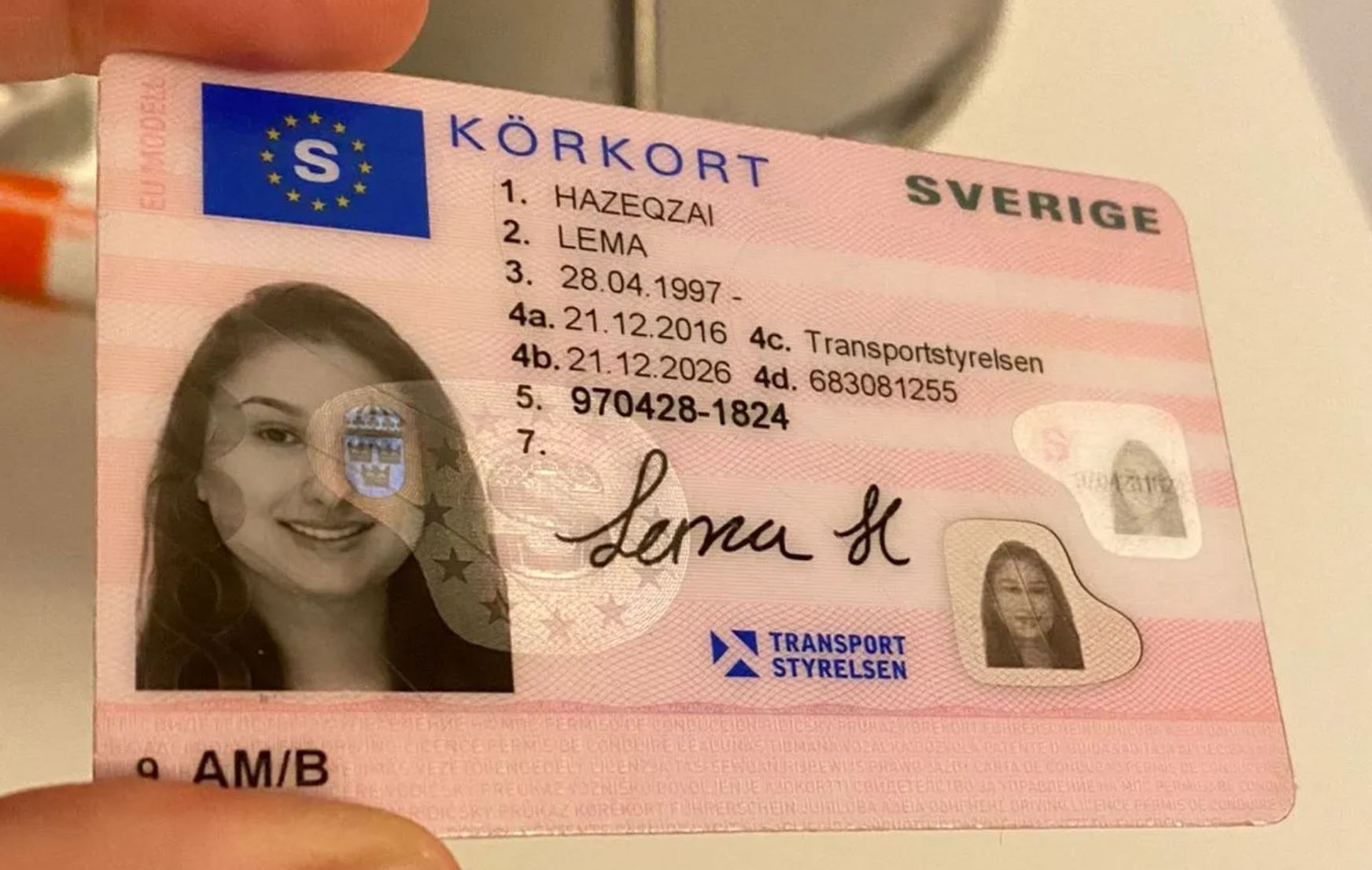From All Over The Web From The Web: 20 Awesome Infographics About Driving License Id-Handling 2025
The Future of Driving Licenses: ID Handling in 2025
As innovation continues to develop at an unmatched rate, different sectors are accepting developments to enhance user experience and efficiency. Among the locations experiencing significant change is identity management, especially concerning driving licenses. With the intro of digital licenses and advanced identification techniques, the landscape of driving license ID handling is anticipated to undergo significant modifications by 2025. This post checks out the anticipated developments in driving license ID handling, the implications for users, and responses frequently asked concerns about the future of driving licenses.
The Evolution of Driving Licenses
Driving licenses have generally served as a way of identifying a person's authority to run a motor vehicle. They also serve several secondary functions, including age confirmation and identity confirmation for banking and travel. Nevertheless, the physical card system has constraints, consisting of dangers of counterfeiting, loss, and outdated details. As society seriously relies on efficient and safe identification systems, the shift toward digital licenses is ending up being significantly popular.
Existing Trends in Driving License ID Handling
Digital Licenses: Many states are piloting digital driving licenses that allow users to save their credentials on their mobile phones. These digital licenses are designed with sophisticated security features, consisting of biometric data, and can be scanned or shared safely.
Blockchain Technology: Some jurisdictions are exploring blockchain to enhance the security and authenticity of driving licenses. This innovation ensures that info can not be damaged and that the data is easily verifiable.
Facial Recognition: Increasingly used in recognition practices, facial recognition innovation can accelerate the process of verifying a person's identity versus their driving license. This technology also assists lower fraud and maintain the integrity of the licensing systems.
Multi-Functional Licenses: Future driving licenses might incorporate extra functions such as health records, travel paperwork, and even payment systems, offering a detailed identity service.
The Benefits of Digital Driving Licenses by 2025
The shift towards digital driving licenses provides a number of advantages, including:
Convenience: Users can access their licenses anytime, which removes the requirement for physical cards. This is particularly helpful when people forget their license, as digital copies can be retrieved rapidly.
Security: Advanced security measures can lower the danger of identity theft, scams, and unauthorized duplication. Digital licenses typically include encryption and biometric verification.
Effectiveness: Reduced wait times at federal government offices and during traffic stops, as law enforcement can confirm digital licenses quickly.
Implications for Users
While the improvements in driving license ID managing present many benefits, they also come with challenges. Users need to adjust to new technology and guarantee they comprehend the changes and their implications. Here are some considerations:
Privacy Concerns: With increased digital footprints, there will be increased issues over information personal privacy and how biometric data is kept and utilized.
Ease of access Issues: Individuals without access to smart devices or digital innovations may deal with barriers to obtaining and utilizing digital licenses.
Regulatory Compliance: With different jurisdictions adopting different systems and processes, users must be conscious of their regional laws regarding digital licenses and identification.
Anticipated Changes in Driving License ID Handling by 2025
Element
Existing Status
Expected Change by 2025
License Format
Physical cards
Primarily digital licenses
Confirmation Process
Manual checks
Automated biometric confirmation
Security Measures
Basic holograms and features
Advanced encryption and blockchain
Jurisdictional Differences
Fragmented processes across states
More standardized nationwide systems
User Interaction
In-person renewals and checks
Mobile applications for management
Frequently asked questions
1. What is a digital driving license?A digital driving license is an electronic variation of a standard driving license that is kept on a mobile phone. It can be used for recognition and verification in various scenarios, with improved security features to prevent scams.
2. How will navigate to this web-site improve security?Digital licenses make use of encryption and biometric information, making them more tough to forge or misuse compared to standard cards. Additionally, blockchain technology can guarantee data credibility and stability.
3. Will everybody be needed to switch to a digital license?While many jurisdictions are moving toward digital licenses, policies may differ. Users are motivated to inspect with their local licensing authorities for specific guidelines.
4. What are the prospective drawbacks of digital licenses?Some prospective downsides consist of privacy issues concerning data storage, ease of access concerns for individuals without smart devices or digital literacy, and the need for a robust regulatory structure to manage security and user rights.
5. How can I prepare for the shift to digital licenses?Stay notified about local initiatives concerning digital licenses, check out readily available mobile applications for managing identification, and cultivate digital literacy to browse new technologies with confidence.
The future of driving licenses and ID handling is poised for significant evolution by 2025. As digital licenses become more widespread, users will experience improved security, benefit, and performance. Nevertheless, along with the advantages come challenges that will need public awareness and adaptation. Stakeholders need to focus on education, policy, and availability to ensure a smooth shift that empowers people with the recognition tools of the future. As innovation advances, so too will the techniques through which society handles identity, particularly crucial in processes as essential as running a motor lorry.
